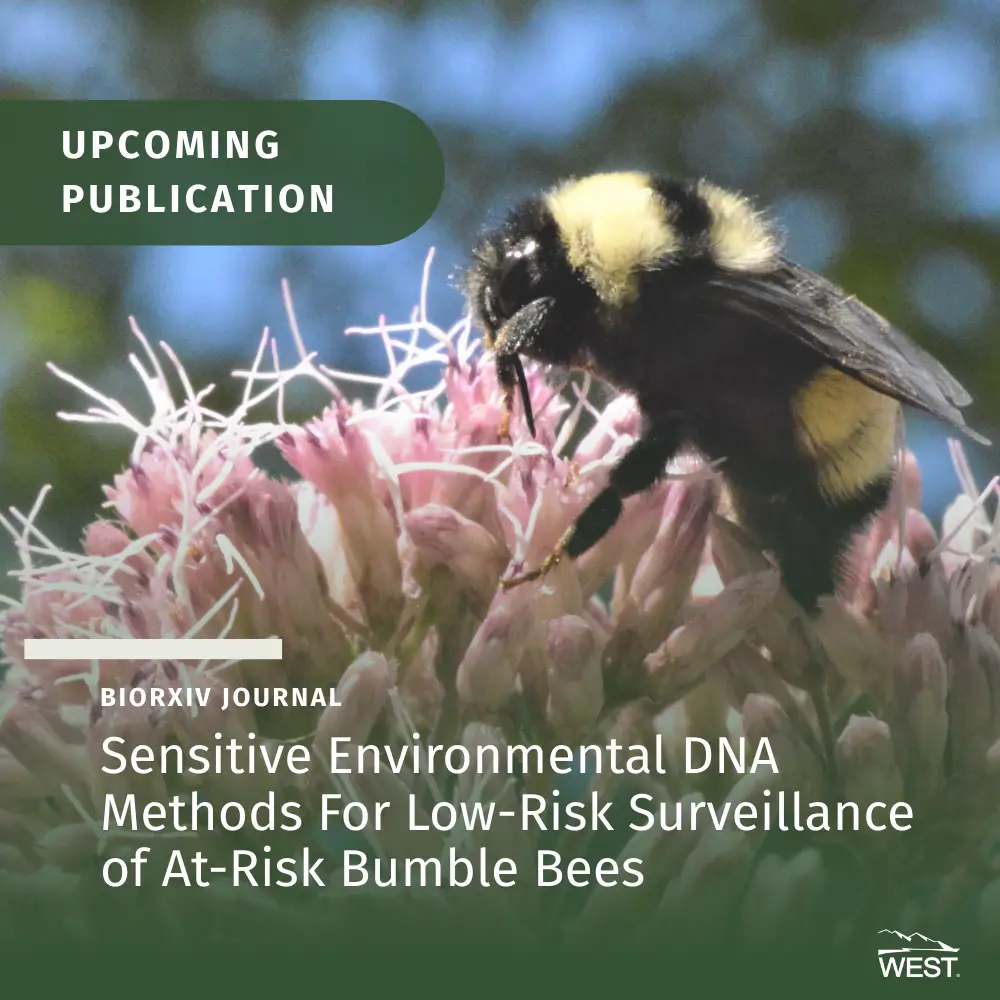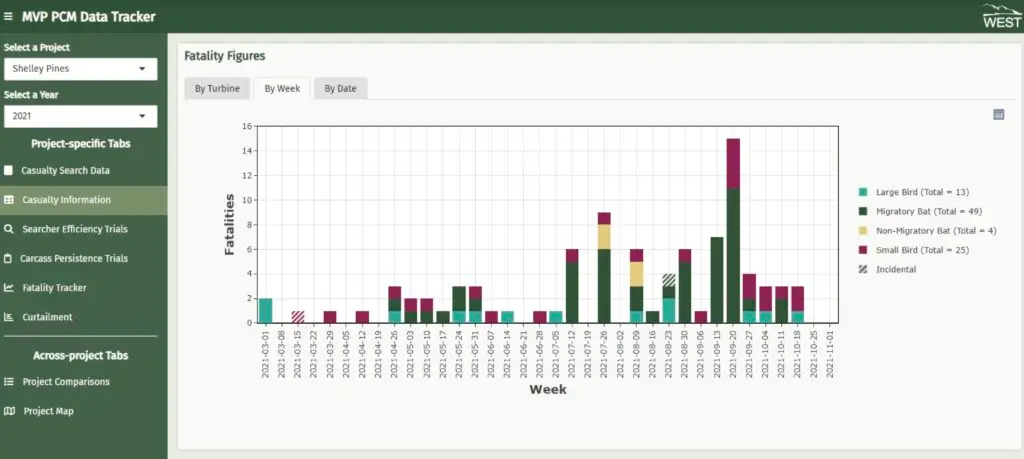WEST biologist Rodney Richardson, PhD is a co-author of the upcoming research article (currently under review), Sensitive Environmental DNA Methods For Low-Risk Surveillance of At-Risk Bumble Bees, on bioRxiv.
Terrestrial environmental DNA (eDNA) has been proposed as a sensitive, non-lethal method for pollinator monitoring, but until now, its performance relative to traditional surveys remained unproven. Our study presents the first large-scale comparison between eDNA and net-based surveys, demonstrating that eDNA methods can reliably detect entire bumble bee communities, including rare and critically endangered species such as the rusty patched bumble bee (Bombus affinis).
All species observed in netting surveys were also detected via eDNA, except for two rare parasitic species in the subgenus Psithyrus. For rare non-parasitic species, eDNA sensitivity was comparable to netting.
Importantly, eDNA-based detection frequencies were strongly correlated with net-based abundance measures across site visits. These findings support the use of eDNA as a cost-effective, scalable tool for monitoring bumble bee populations and assessing habitat associations.
Stay tuned—this research is currently under review and expected to be published soon.






